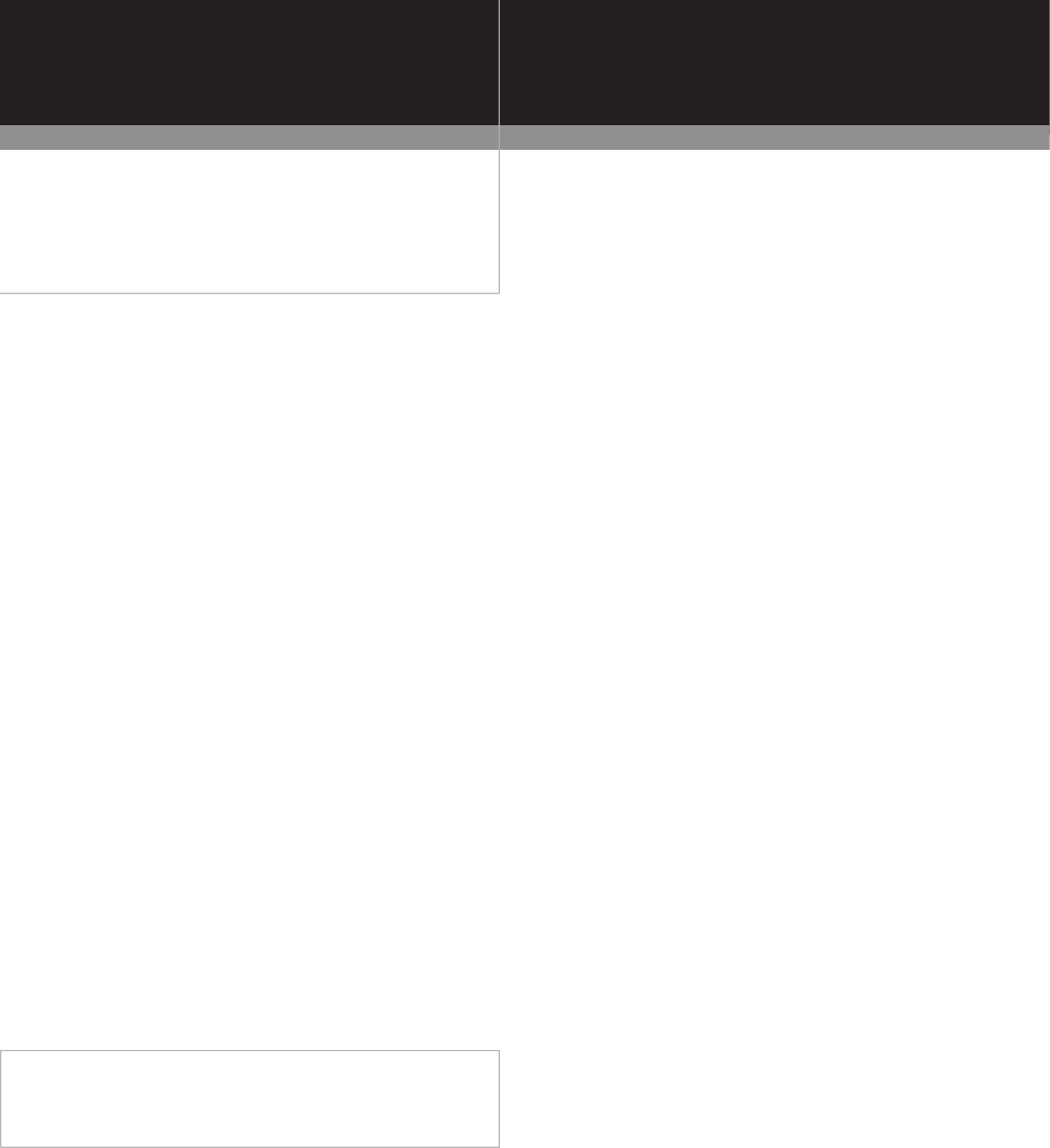
14
General:
As mentioned in the “General Installation Notes” section, the system should now be powered up, and working. At this point, all crossover frequency
and input selection switches should be properly set for the application, and all volume, level and equalizer controls turned to minimum.
Level control setup:
Insert a CD or cassette that you are familiar with to use as a reference, and turn the head unit volume control to about 80% of its full setting. The
system sound level will of course be very low, and the following procedures will help you to match the amplifi er input sensitivities properly to the
head unit output signal level.
Single 2 channel amplifi er systems:
Turn the level control up slowly, till you hear distortion, then back off a few degrees on the control.
Single 4 channel amplifi er systems:
Turn the channel 1&2 level control up slowly, till you hear distortion, then back off a few degrees on the control.
Repeat for channel 3&4.
2 or 3 way active systems:
Always start with the bass, or low frequency amplifi er as a reference, by turning its control up to the point where distortion is audible, and back
it off some.
Now adjust the level control for the highs or tweeter channels in a 2 way active system, to balance the highs to lows.
In a 3 way active system, match the midrange level to the bass, and then the highs to the midrange and bass. It may be necessary to perform a
few iterations of the midrange and highs level control settings to achieve a satisfactory sound balance.
Crossover frequency fi ne tuning:
We had started off in the “General Installation Notes” section by setting crossover frequency controls to approximate positions, and now you can
adjust these for best sound quality. Be careful not to stray too far from those crossover frequencies as recommended by the loudspeaker manufac-
turer, as it is quite possible to damage midrange and tweeters with excess power outside their nominal operating frequency ranges.
Equalizer setup:
Once all levels and crossover frequencies have been set for a pleasant sound balance, we can start equalizing the system frequency response. It is
important to remember that a boost applied at any frequency, or range of frequencies, will cause severe amplifi er clipping. The following comments
apply to ALL equalizers and tone controls on the amplifi ers, as well as those on head units and dash mount equalizers.
Use the head unit volume control to adjust the system to an intermediate level, and proceed to adjust equalizers and tone controls to personal
taste. Now go back to the Level control setup above, and readjust all level controls.
Sit back and enjoy the music!
The key to fi nding the problem in a misbehaving sound system is to isolate parts of that system in a logical fashion to track down the fault.
Description of the Diagnostic system built into all MB QUART amplifi ers:
The diagnostic system will shut down the amplifi er, until reset by turning the head unit off, and back on. This state of affairs will be indicated by
the front panel PROTECT LED lighting up under the following conditions:
1 - A short circuit on the loudspeaker leads.
2 - An internal amplifi er fault that causes a DC offset on the loudspeaker output.
Should the amplifi er go into diagnostic mode, simply disconnect all RCA and speaker leads, while keeping +12 volt, power ground and remote leads
connected. Now turn the amplifi er back on, and if the diagnostic LED lights, the amplifi er has an internal fault.
If not, plug the RCA cables back, and reset the amplifi er. If it goes into diagnostic now, the fault lies in the input, either with bad cables or source unit.
If the amplifi er seems fi ne with RCA cables plugged in, connect the speakers, one at a time, and if one of the speakers or its wiring is faulty, it will
activate the diagnostic system.
Troubleshooting a system
AFTER INSTALLATION
Setting up systems
after installation
for best performance


















